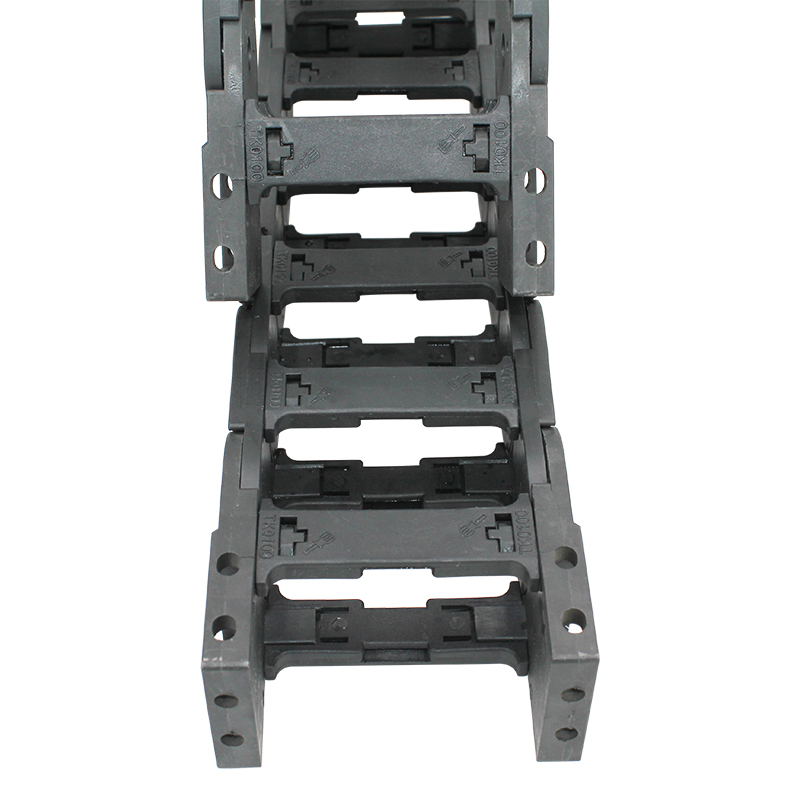small cable carrier
Understanding Small Cable Carriers Importance and Applications
In the world of industrial automation and electrical installations, the efficiency and reliability of cable management play a pivotal role in ensuring the smooth operation of machinery and systems. One important component that has gained significant popularity in recent years is the small cable carrier (also known as a cable track or drag chain). These compact solutions are designed to manage cables and hoses in dynamic applications, providing both protection and mobility. In this article, we will delve into the significance of small cable carriers, their applications, and the benefits they offer.
What is a Small Cable Carrier?
A small cable carrier is a trough-like structure that allows for the safe routing of flexible cables and hoses. These carriers are typically made from durable materials such as plastic or metal, with designs that facilitate the seamless movement of components while ensuring that they remain protected from wear, tear, and environmental factors. Small cable carriers are often designed for applications where space is limited, making them ideal for smaller machinery, robotics, lathes, and similar equipment.
Applications in Various Industries
Small cable carriers find applications across a multitude of industries due to their versatility. Some of the key sectors that utilize these systems include
1. Manufacturing and Automation In automated production lines, small cable carriers help manage the movement of electrical wiring and pneumatic hoses, ensuring that they remain organized and free from tangling. This is particularly important in environments where machines need to move in multiple directions.
2. Robotics In robotic systems, precise control over cable management is essential. Small cable carriers provide a reliable way to maintain electrical connections while allowing for flexible movement of robotic arms, sensors, and other components.
3. CNC Machinery Computer Numerical Control (CNC) machines require efficient cable management to ensure that control signals and power supply are delivered reliably. Small cable carriers can accommodate the complex routing needs of these systems while ensuring operational reliability.
small cable carrier

5. Renewable Energy As the renewable energy sector grows, small cable carriers are being used in wind turbines and solar tracking systems to protect and organize the cables that connect various power components.
Benefits of Using Small Cable Carriers
The adoption of small cable carriers provides numerous benefits to businesses and industries, including
- Space Efficiency Their compact design allows them to fit into constrained spaces without compromising performance, making them ideal for modern machinery that often operates in tight areas.
- Protection By enclosing cables and hoses, small cable carriers protect them from physical damage, wear, and environmental elements such as dust, moisture, and heat.
- Reduced Maintenance Organizing cables help minimize wear and potential failures, which reduces the need for frequent maintenance and lowers overall operational costs.
- Enhanced Mobility Small cable carriers are designed to allow for smooth linear movement, accommodating swings, bends, and twists without snagging, thus enhancing the overall mobility of machinery.
Conclusion
In summary, small cable carriers play a crucial role in various applications by ensuring efficient cable management. Their versatility, protection, and space-saving capabilities make them indispensable in numerous industries, from manufacturing and robotics to aerospace and renewable energy. As technology continues to evolve, the importance of effective cable management solutions like small cable carriers will only become more pronounced, paving the way for safer and more efficient industrial operations. Investing in the right cable management systems can significantly enhance productivity and reliability, illustrating the critical nature of these components in modern machinery.








